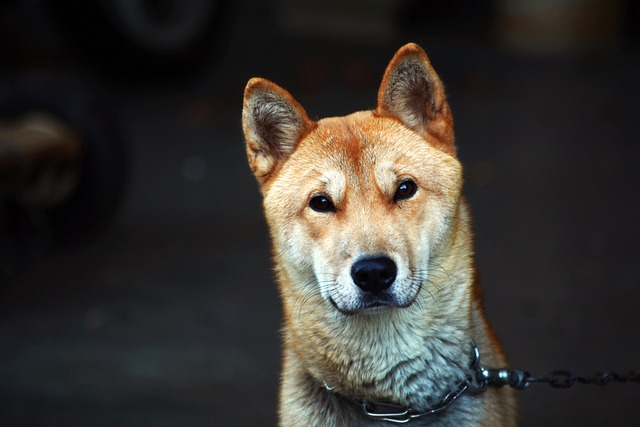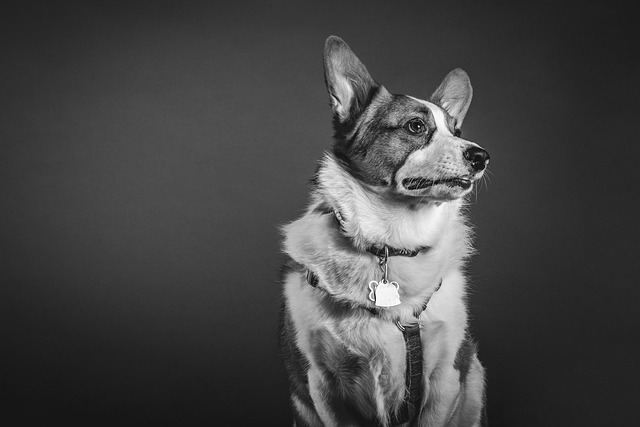Most vets agree puppies can start flea and tick treatment once they hit 6 to 8 weeks old, but this isn’t a one-size-fits-all rule. Some treatments are safe for younger pups if they weigh at least 2 pounds, so always check the label or ask your vet first. Skipping early treatment can lead to bigger issues—flea bites cause intense itching, and ticks can spread diseases like Lyme, which is common in wooded areas across the US and Europe.
It’s not just about your puppy’s comfort—many places have rules about pet health that tie into parasite control. For example, some cities in Germany require proof of regular flea and tick prevention if you bring your dog to public parks, and in parts of the US, neglecting parasite control can be considered animal cruelty under local laws. These rules exist to protect both pets and people, since fleas and ticks can carry germs that spread to humans too.
 Timing also depends on your lifestyle and where you live. If you take your puppy for walks in grassy fields or near forests, start treatment earlier—even in cooler months, ticks can linger in leaf piles. In warmer climates like Florida or southern Spain, fleas are active year-round, so prevention shouldn’t stop in winter. A good routine is to apply monthly treatments, but some oral meds last up to 3 months—pick what works best with your schedule, but stay consistent.
Timing also depends on your lifestyle and where you live. If you take your puppy for walks in grassy fields or near forests, start treatment earlier—even in cooler months, ticks can linger in leaf piles. In warmer climates like Florida or southern Spain, fleas are active year-round, so prevention shouldn’t stop in winter. A good routine is to apply monthly treatments, but some oral meds last up to 3 months—pick what works best with your schedule, but stay consistent.
Watching for signs of infestation is just as important as starting treatment. If you see tiny black specks (flea dirt) on your puppy’s bed or notice them scratching more than usual, act fast. Your vet can recommend the right product—avoid using adult dog treatments on puppies, as they’re too strong and can cause seizures or skin burns. Remember, natural remedies like essential oils might sound safe, but many are toxic to young pups, so always get vet approval first.
By starting flea and tick treatment at the right time, you’re setting your puppy up for a healthy life. It’s a simple step, but it prevents so much pain—from constant itching to serious illnesses. Stick to vet-recommended products, follow local laws, and adjust your routine based on where you live. Your puppy can’t tell you when they’re uncomfortable, so it’s up to you to keep them protected from these tiny but harmful pests.

 Timing also depends on your lifestyle and where you live. If you take your puppy for walks in grassy fields or near forests, start treatment earlier—even in cooler months, ticks can linger in leaf piles. In warmer climates like Florida or southern Spain, fleas are active year-round, so prevention shouldn’t stop in winter. A good routine is to apply monthly treatments, but some oral meds last up to 3 months—pick what works best with your schedule, but stay consistent.
Timing also depends on your lifestyle and where you live. If you take your puppy for walks in grassy fields or near forests, start treatment earlier—even in cooler months, ticks can linger in leaf piles. In warmer climates like Florida or southern Spain, fleas are active year-round, so prevention shouldn’t stop in winter. A good routine is to apply monthly treatments, but some oral meds last up to 3 months—pick what works best with your schedule, but stay consistent.



